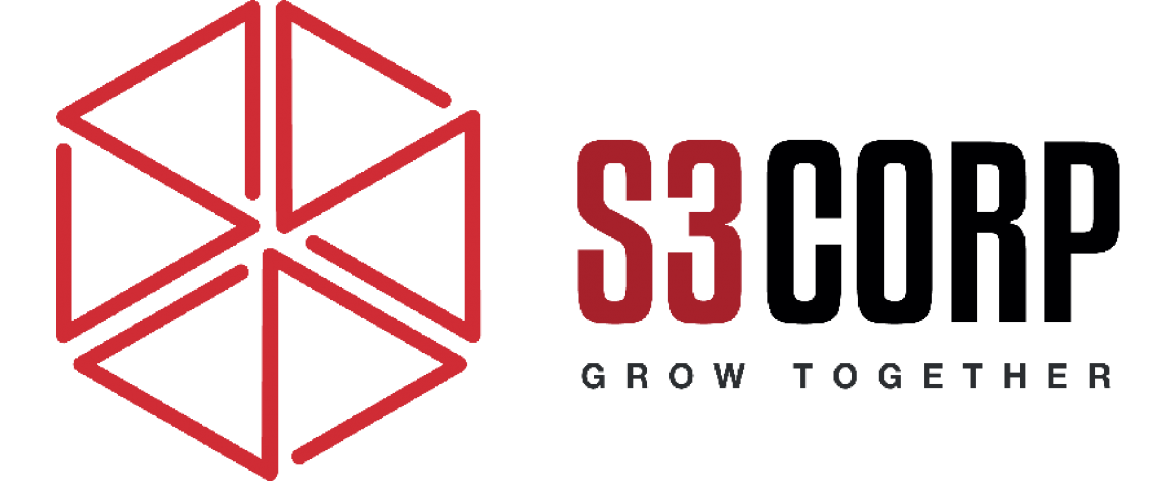What is AI ChatBot and Why It Is A Good Fit For Your Business
— June 15, 2020An AI chatbot is a software application designed to simulate human-like conversations using artificial intelligence. These tools rely on natural language processing (NLP) to interpret and respond to user inputs in a conversational manner. Chatbots can communicate via text or voice and are typically embedded within websites, mobile apps, or accessed through other digital interfaces. Their primary function is to provide relevant, accurate, and timely responses to user queries while maintaining a conversational tone that mimics human interaction.
A chatbot operates by analyzing user inputs, extracting intent and key information, and formulating a logical response. These responses may include predefined text, data retrieved from a knowledge base, or actions executed through integration with backend applications. If clarification is needed, the chatbot can pose follow-up questions to refine its understanding of the user’s request.
Modern businesses utilize chatbots to improve customer interactions and streamline operations. Popular chatbot platforms include Intercom, Drift, IBM Watson, Ada, and RASA Stack. These platforms often integrate seamlessly with existing systems, making it easier for businesses to adopt them. If ready-made solutions do not meet specific needs, businesses can hire software development providers, such as S3Corp., to create customized chatbots tailored to unique requirements.
Why AI Chatbots Are a Good Fit for Businesses
AI chatbots offer significant benefits for businesses looking to enhance customer service, improve internal processes, and reduce costs. By automating repetitive tasks, chatbots free up employees to focus on more complex and value-driven activities. This efficiency not only improves productivity but also enhances the overall customer experience.
For example, businesses with high volumes of customer inquiries can leverage chatbots to handle basic questions quickly. A chatbot can provide instant responses to queries about store hours, product availability, or troubleshooting steps. For more complex issues, the chatbot can escalate the conversation to a human agent, ensuring customers always receive the help they need.
Chatbots are also versatile tools for internal use. Companies employ them to assist with tasks like scheduling meetings, booking business travel, and processing employee requests. Human Resources departments use chatbots to answer common employee questions or manage simple workflows, such as updating personal information or generating reports.
Examples of AI Chatbots in Action
Many businesses have successfully implemented chatbots to deliver creative solutions and streamline operations. Starbucks uses a chatbot to allow customers to order coffee through voice commands, creating a seamless ordering experience. Similarly, Overstock.com’s Mila chatbot manages employee sick leave notifications, reducing administrative workload.
Entertainment companies have also embraced chatbot technology. Fandango, for example, uses chatbots to help customers watch movie trailers, locate nearby theaters, and explore trending films. Meanwhile, beauty retailer Sephora offers chatbot-driven makeup tutorials, improving customer engagement while promoting its products.
Businesses in Vietnam and the broader Southeast Asian region are increasingly adopting AI chatbots, recognizing their potential to boost efficiency and provide better service.
Challenges of Implementing AI Chatbots
Despite their advantages, implementing chatbots comes with challenges. Developing and deploying an effective chatbot requires significant effort, time, and resources. Even when outsourcing the development process, businesses must provide detailed data to train the chatbot effectively. Without high-quality data, the chatbot may struggle to deliver accurate responses, leading to customer frustration.
Budget constraints can also be a barrier. Advanced chatbot solutions with sophisticated NLP capabilities and seamless integration features are not inexpensive. Businesses must weigh the upfront costs against the long-term benefits of improved efficiency and customer satisfaction.
Another limitation is the current state of chatbot technology. Although advancements have brought chatbots closer to human-like interactions, they still fall short in understanding complex or nuanced queries. Customers who detect they are interacting with a bot may feel dissatisfied, especially if the bot fails to address their concerns adequately.
Are AI Chatbots the Right Choice for Your Business?
The decision to adopt an AI chatbot should depend on specific business needs, resources, and long-term goals. If your business faces high volumes of repetitive inquiries, chatbots can save time and reduce operational costs. Additionally, if enhancing customer engagement or improving internal workflows is a priority, chatbots offer a practical solution.
However, businesses that lack the budget or data necessary for effective implementation may need to delay adoption until they are better prepared. Planning for future chatbot integration, even if it is not immediately feasible, ensures the organization can stay competitive as the technology becomes more accessible.
For companies, chatbots can serve as both an operational tool and a product offering. Partnering with providers like S3Corp ensures businesses can customize chatbots to align with their specific goals, maximizing the return on investment.
By carefully evaluating the potential benefits and challenges, businesses can make informed decisions about incorporating AI chatbots into their strategies, ensuring they enhance both customer and employee experiences effectively.





